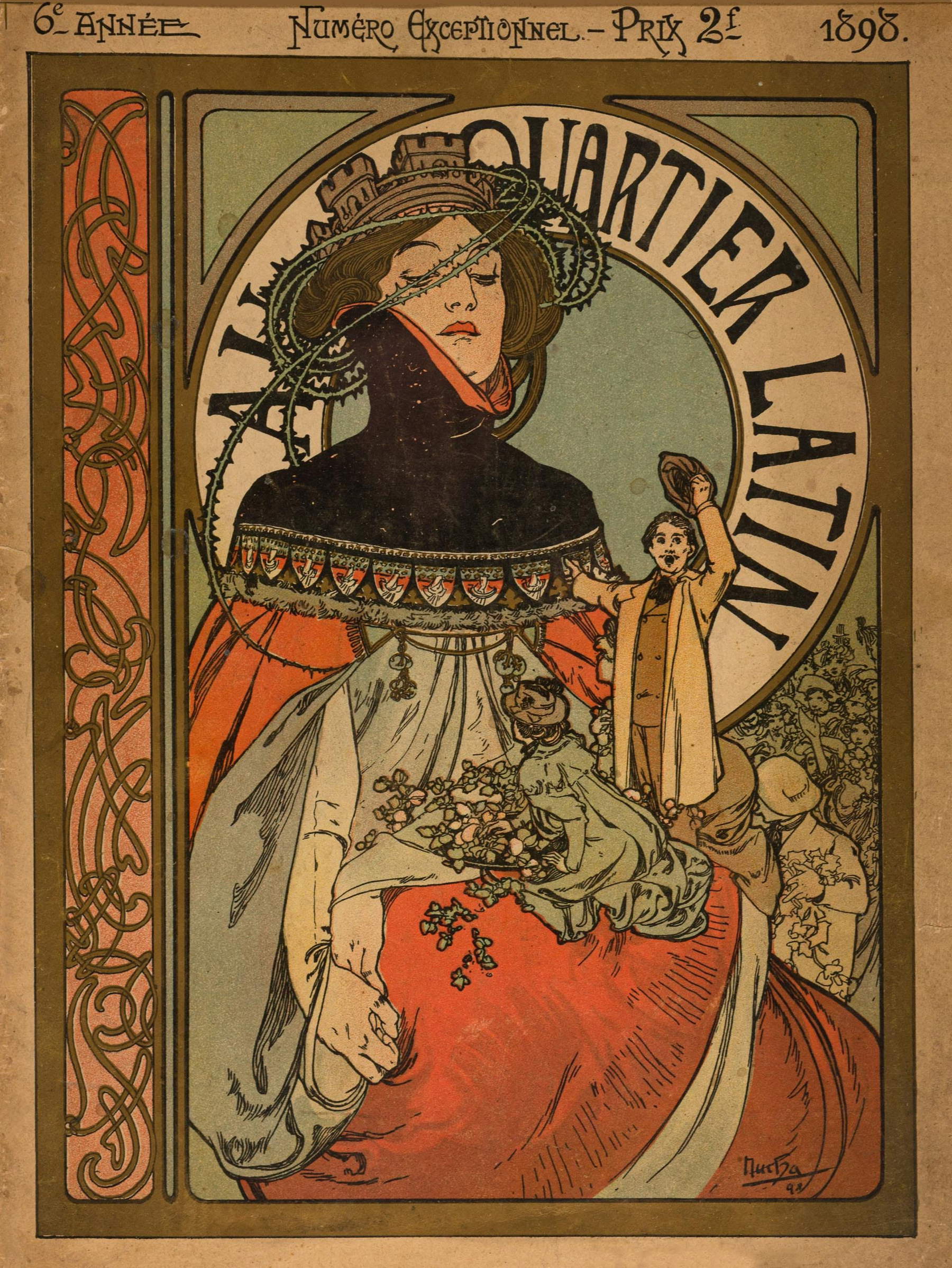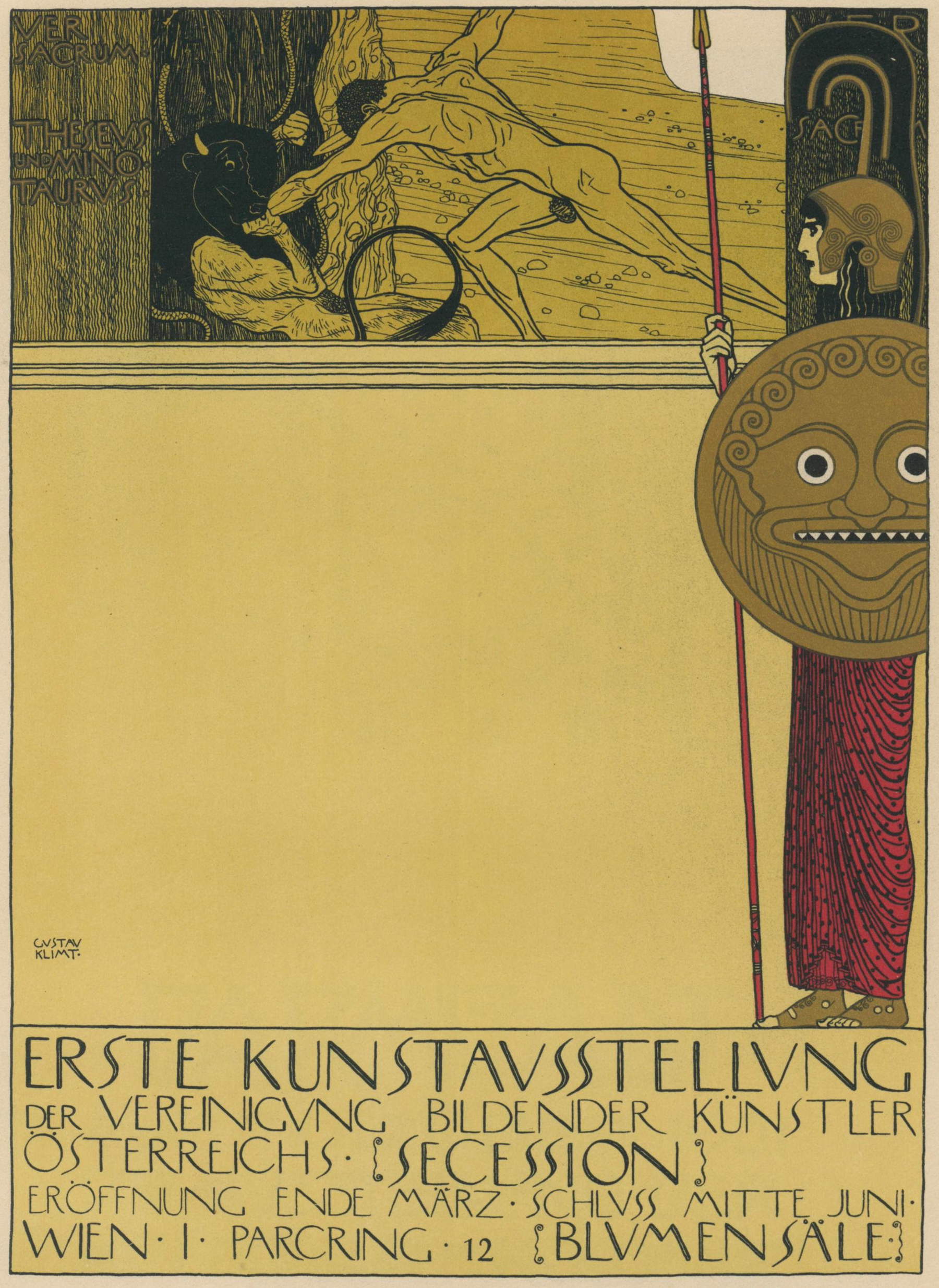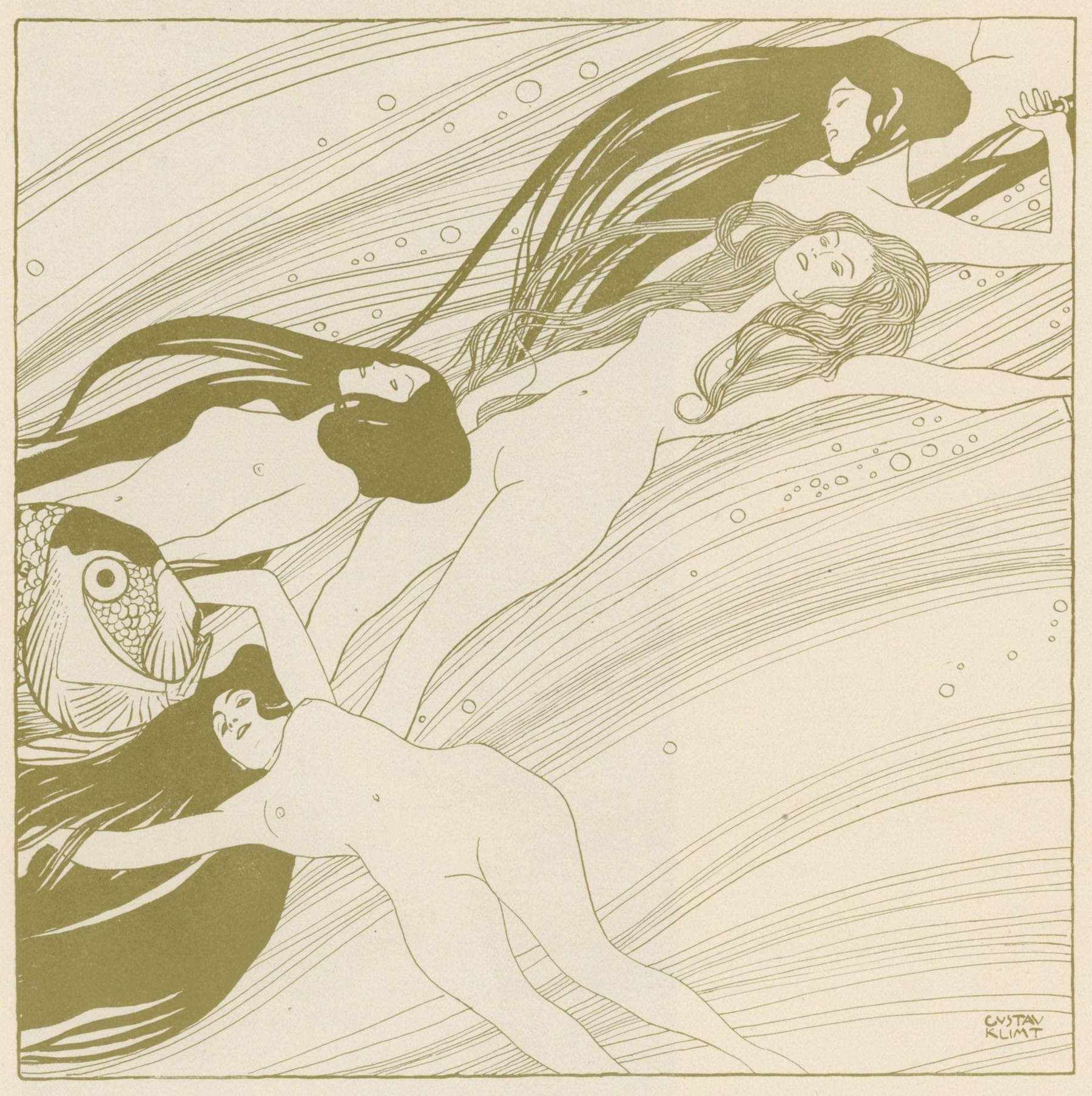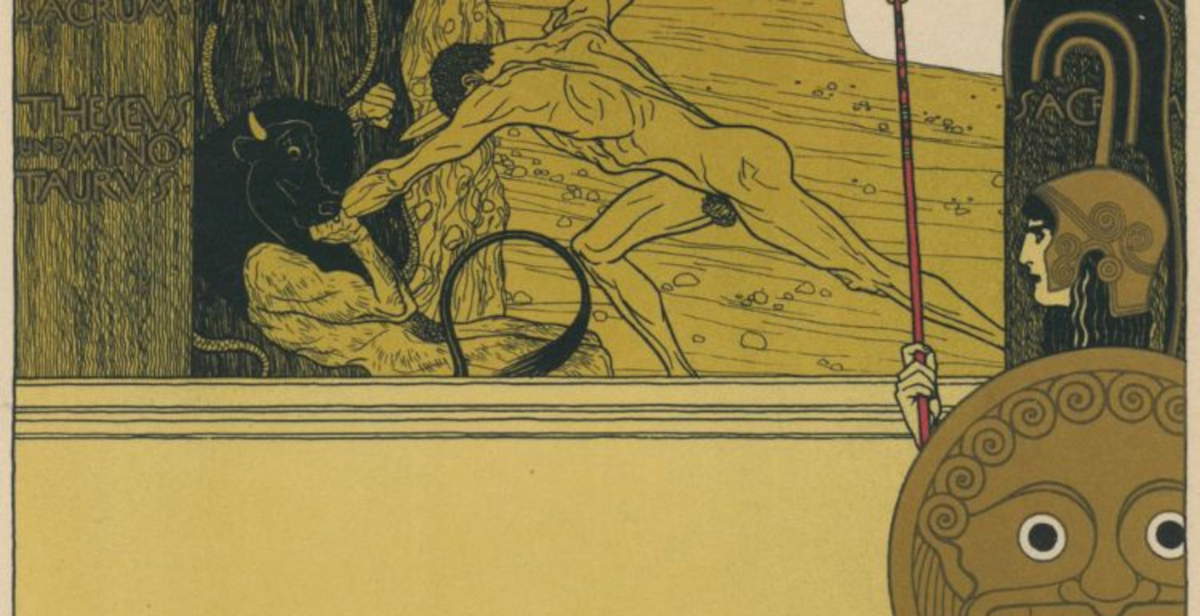From Oct. 18, 2025 to Jan. 11, 2026, the Museo Civico di Crema e del Cremasco in Crema presents the exhibition Ver Sacrum and the Graphics of the Viennese Secession, an exhibition that focuses on the magazine of the same name and the role it played in spreading the aesthetic principles of the Secession. Curated by Giovanni Biancardi, Edoardo Fontana and Silvia Scaravaggi, the exhibition was created around the collection of the magazine Ver Sacrum, from Biancardi’s own Milan collection. This is flanked by illustrated books, folders, exhibition catalogs, loose sheets and graphic works by numerous artists linked to the Secessionist movement.
The initiative is promoted and produced by the Museo Civico di Crema e del Cremasco, in collaboration with the Museo d’Arte Orientale - Mazzocchi Collection of Coccaglio and the Mnemosyne Cultural Association of Dello. The Austrian Cultural Forum of Milan, the Aldus Club - International Association of Bibliophilia and the A.L.A.I. - Antiquarian Booksellers Association of Italy - have granted patronage. The exhibition is organized around the original graphics published in Ver Sacrum, the most important pages and covers, and editorial materials produced by the Vereinigung Bildender Künstler Wiener Secession, the group of artists who officially formed the Viennese Secession.

The exhibition project aims to restore the complexity of a movement that had a major impact on European graphic art between the 19th and 20th centuries. Works on display include those by Gustav Klimt, Koloman Moser, Alfred Roller, Josef Maria Auchentaller, Carl Moll, Adolf Böhm, Egon Schiele, Alphonse Mucha, Carl Otto Czeschka, Jan Toorop, Emil Orlik, Giovanni Segantini, George Minne, Franz von Stuck, Heinrich Lefler, Félix Vallotton, Frank Brangwyn, Charles Rennie Mackintosh, Margaret McNair, Jessie King, and many others. To these are added the names of the masters who influenced the language of the Secession, from Arnold Böcklin to James McNeill Whistler, from Pierre-Cécile Puvis de Chavannes to Katsushika Hokusai. The title Ver Sacrum refers to an ancient Italic rite, later absorbed into Roman culture, which involved the ritual removal of spring-born youngsters as a symbolic offering to the deity. The magazine’s use of this expression emphasized the concept of detachment from the past and the intention to establish new aesthetic territories. This spirit of renewal was reflected in the motto adopted by the movement, “To time its art. To art its freedom.”
The periodical Ver Sacrum also represented a platform for visual experimentation. It was able to synthesize the concept of Gesamtkunstwerk, the total work of art, through an innovative graphic and typographic layout. The magazine reorganized the printed page by merging text, images, and decoration into a coherent system that sought to go beyond simple editorial assemblage to achieve a uniformity of expression. The magazine alternated between essential graphic solutions, with large empty fields, and richly ornamented compositions with frames, letterheads, naturalistic motifs and Japanese influences. The exhibition also features objects and volumes related to the aesthetics of Japan, drawn mainly from the holdings of the Museum of Oriental Art - Mazzocchi Collection, which document the influence of Japonism onViennese and Central European art. Lacquers, furnishings, woodcuts, and objects of use testify to the central role of Japanese craftsmanship in defining the graphic taste of the Secession.

There is no shortage of references to the visual culture of the Austro-Hungarian area, the neo-Byzantine influences absorbed by the Ravenna mosaics so beloved by Gustav Klimt, the mysticism of Giovanni Segantini, and Central European Symbolist painting. The visual language of the magazine reflects a desire to reconcile tradition and innovation, rethinking archaic, symbolic and popular forms within a new decorative and graphic sensibility.
Theater, a central element of fin de siècle Vienna, also occupied a prominent space in the pages of the magazine. Artists associated with Ver Sacrum were often involved in designing sets, costumes, posters and settings for plays and cabarets. The Burgtheater, masquerade balls, literary cabarets and singers inspired a visual universe in constant dialogue with performance. The exhibition aims to show how Ver Sacrum, and Secession graphics in general, helped to overcome the barriers between major and minor arts. The magazine welcomed suggestions from Art Nouveau, Symbolism, Divisionism, English Pre-Raphaelism, Scottish Modernism and Mediterranean culture, shaping itself as one of the most influential publishing projects of the early 20th century.


The graphic legacy of Ver Sacrum was also important for many later magazines. In Italy he exerted a visible influence on L’Eroica and Novissima, while internationally his imprint can be traced on Wendingen in the Netherlands and Campo Grafico in Italy during the Rationalist period. The exhibition is accompanied by a catalog published by the Museo Civico di Crema, which includes essays and critical contributions by Emanuele Bardazzi, Giovanni Biancardi, Livia Fasolo, Mario Finazzi, Edoardo Fontana, Elena Guerra, Laura Inzoli, Paolo Linetti, Maurizio Lo Giudice, Roberto Lunelio, Silvia Scaravaggi and Luca Scarlini. The fact sheets delve into the works and materials on display, offering a broad art-historical contextualization of the phenomenon.
The opening is scheduled for Saturday, October 18, 2025 at 5:30 pm. The exhibition is an opportunity to take a close look at a crucial moment in European art between the 19th and 20th centuries, restoring to the public the visual and theoretical impact of Secessionist graphics and the magazine that was its main manifesto.
 |
| In Crema, an exhibition explores the impact of Ver Sacrum on Viennese Secession graphics |
Warning: the translation into English of the original Italian article was created using automatic tools. We undertake to review all articles, but we do not guarantee the total absence of inaccuracies in the translation due to the program. You can find the original by clicking on the ITA button. If you find any mistake,please contact us.